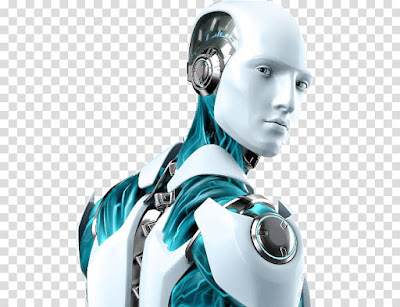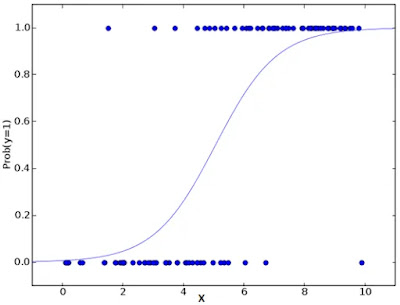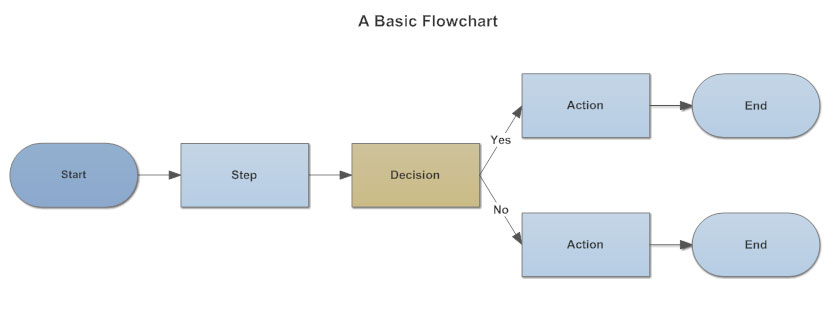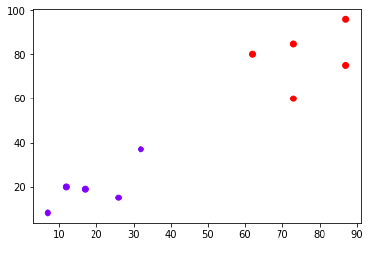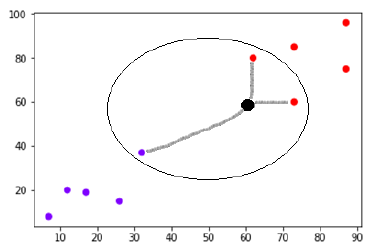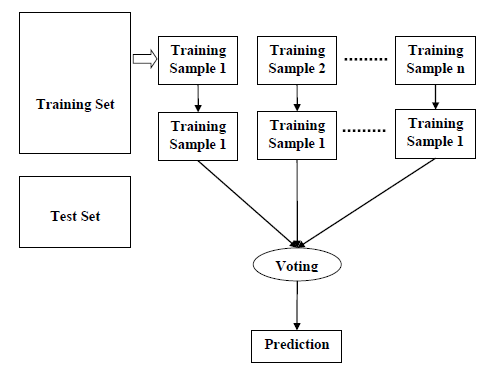Swagger Implementation:
1. Right click on the Asp. net core web application.
2. And then click on properties.
3. Navigate to debug tab.
- Create an Asp.Net Core 2.1 web api project and install Swashbuckle.AspNet core(5.0.0) nuget package.
- Swashbuckle comprises of 3 packages - A swagger generator, middleware to expose the generated swagger as Json end points and middle ware to expose swagger-UI.
- They can be installed togather via Swashbuckle.AspNet core(5.0.0) meta package: Like: PM > Install-Package Swashbuckle.AspNetCore
- In Asp.net core 2.1, open Startup.cs file to add swagger service to middleware. Like:
public void ConfigureServices(IServiceCollection services)
| |||||||||||||||||||||
- And enable the Swagger ui in configure() method: Like
public void Configure(IApplicationBuilder app, IHostingEnvironment env)
{ if (env.IsDevelopment()) { app.UseDeveloperExceptionPage(); } app.UseMvc(); app.UseSwagger(); app.UseSwaggerUI(c => { c.SwaggerEndpoint("/swagger/v1/swagger.json", "Example API"); }); }
1. Right click on the Asp. net core web application.
2. And then click on properties.
3. Navigate to debug tab.
4. On debug tab change Launch Browser value to "Swagger".
- Now run the application, now you should see the swagger UI like this:
- Swagger uses different colors for each HTTP verb to differentiate Api actions. Clicking on any method will give you details about the accepted parameters, return type and allows you to test
Swagger Versioning:
- In Asp.Net core 2.1 web api project, install Microsoft.AspNetCore.MVC.Versioning(2.1.0) nuget package.
- Then open Startup.cs file in your project, and then add the following code in Startup.cs file
- And then open the controllers in your application, add below lines of code in route level.
- Now run the application, you should see the versioning in swagger UI as follows:
Note: In our application, we use swagger versioning as one, here you can use versioning as per your requirement.







